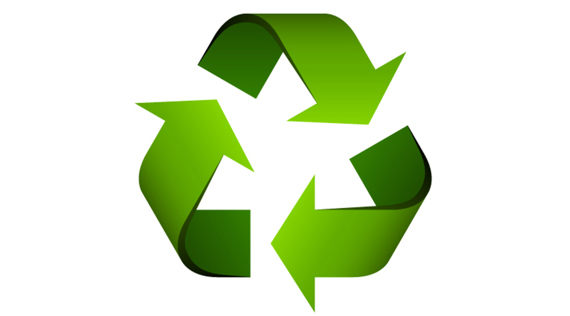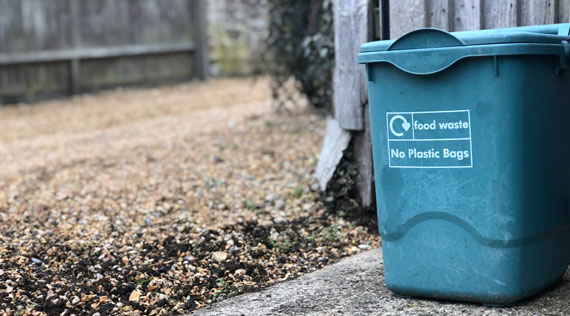Eivind Kallevik, who assumed the role of president and CEO of Norway-based aluminum producer Norsk Hydro this May, says recycling will remain a critical part of Hydro’s “strategic direction” toward 2030.
While calling renewable energy, which the company produces through geothermal power in Norway, another part of that direction, Hydro and its CEO also state, “A key element in Hydro’s 2030 strategy is the ambition to grow in recycling.”
The company says part of its strategy is to increase its recycling of postconsumer aluminum scrap to between 850,000 and 1.2 million metric tons per year by 2030.
With the consumption of more than 443,000 metric tons last year, which was 38 percent higher than in the previous year, the company can point to rapid progress. Hydro says it recycled 195,000 metric tons of postconsumer scrap just a few years earlier, in 2020.
“These increases in recycling and in recycling capacity are enabling us to make the products the world needs for the green transition,” says Kallevik. “The more postconsumer scrap we use in our products, the lower the carbon and environmental footprint and the better for our customers. This is a vital part of our decarbonization agenda. It is the fastest way to zero.”
While techniques including carbon capture and hydrogen power are gaining attention and investment dollars from some metals producers, Hydro states, “The fastest way to deliver zero-carbon aluminum is by recycling postconsumer scrap (PCS), which is aluminum that has lived a past life as a product.”
Hydro says it has recycled more than 1.4 million metric tons of aluminum PCS since the company launched its recycling growth agenda in 2020. “Aside from recycling of aluminum cans, which is not in Hydro’s scope, no company recycles as much postconsumer aluminum scrap as Hydro,” says the firm.
While it is based in Europe, Hydro’s has a growing presence in North America, making its strategy pertinent to nonferrous scrap processors in the United States.
In a list of 15 recycled-content melt shop capacity increases it has recently completed or that are underway, Hydro lists 11 of them in Europe and four in the U.S., in Henderson, Kentucky; Cassopolis, Michigan; Cressona, Pennsylvania; and The Dalles, Oregon.
In Europe, Hydro recently has added or is adding recycled-content melt shop capacity in Germany, Hungary, Italy, Norway, Poland, Spain, Sweden and the United Kingdom.
The company says the aluminum scrap landscape is complex, commenting, “One of the main challenges is identifying the alloys and properties of the used metal and preserving the quality of the metal in the recycling process. This requires the metal to be collected and properly sorted prior to recycling.”
The firm says its “patented technology in scrap shredding and sorting, HySort, has enabled the company to meet the challenge and produce high-quality products from postconsumer building and automotive scrap.”
Hydro points to an investment in the U.S. via its Alusort joint venture, which is equally co-owned by Hydro and Michigan-based scrap processing firm Padnos. “With an annual sorting capacity of 20,000 metric tons of aluminum scrap per year, it is important for the production of high-quality, recycled alloys aimed at key U.S. markets,” the firm says of that project.
Kallevik says Hydro’s PCS target for 2030 will require the company to improve its processes to combine process scrap with PCS recycling. Hydro says it has plans to introduce technology to its remelting and recycling plants that “can raise PCS capacity by 20 percent per plant.”
States the firm, “The growth in demand for low-carbon and recycled aluminum is expected to outpace the rest of the market in the years to come, according to internal and external estimates, with these products accounting for more than half of demand in North America and the European Union by 2030.”
Hydro says it is aiming to increase its production of recycled aluminum products (some with higher levels of PCS than others) to as much as 4 million metric tons by 2030. Last year, the company exceeded 3 million metric tons, with that recycled-content aluminum coming in the form of extrusion and sheet ingot, foundry alloys and high-purity aluminum.
“As we grow further within recycling, optimize the input mix and further develop alloys, I expect our secondary production as well as our PCS share to increase throughout our portfolio,” concludes Kallevik.
Courtesy : recyclingtoday.com

